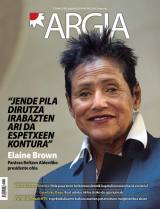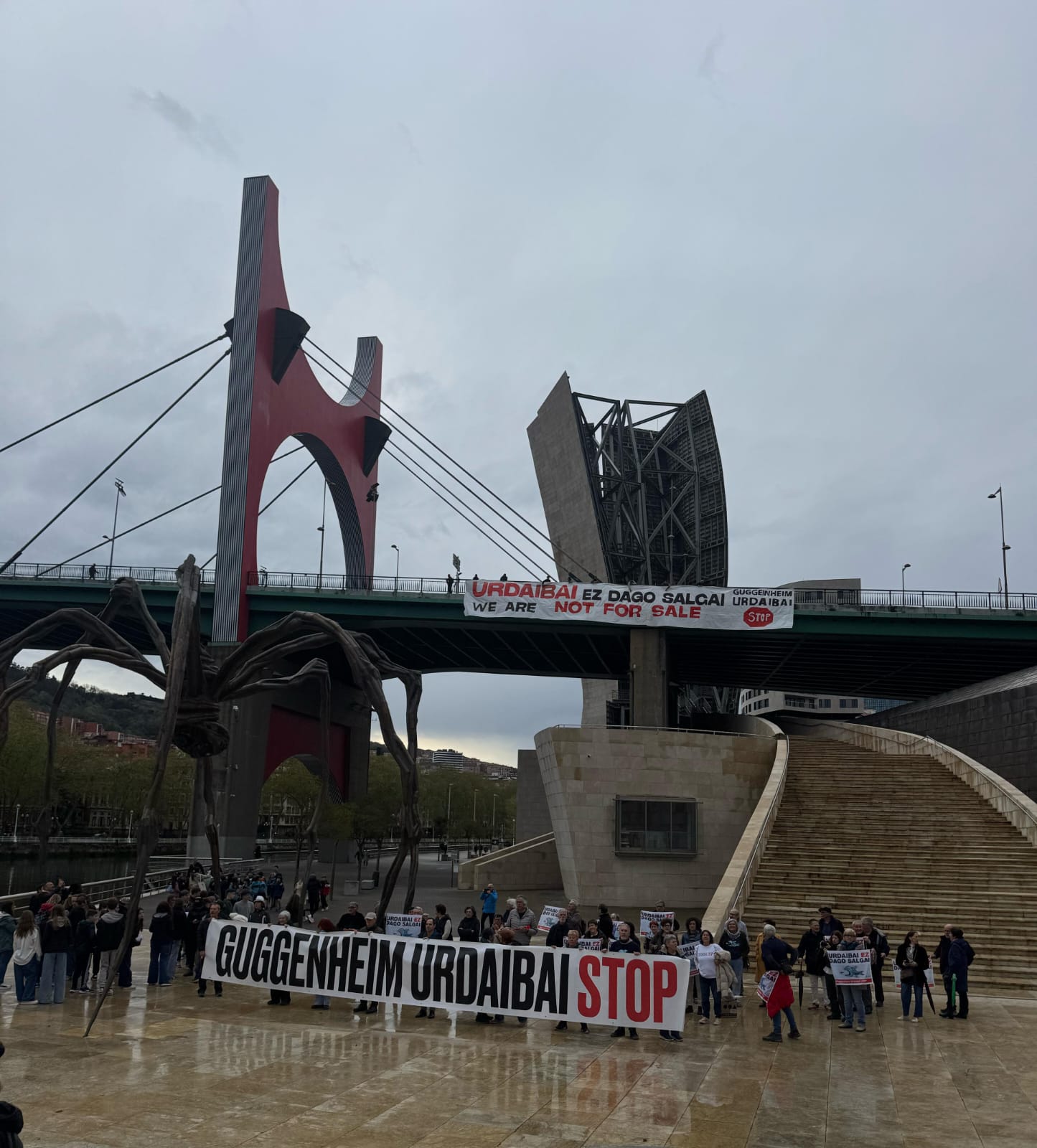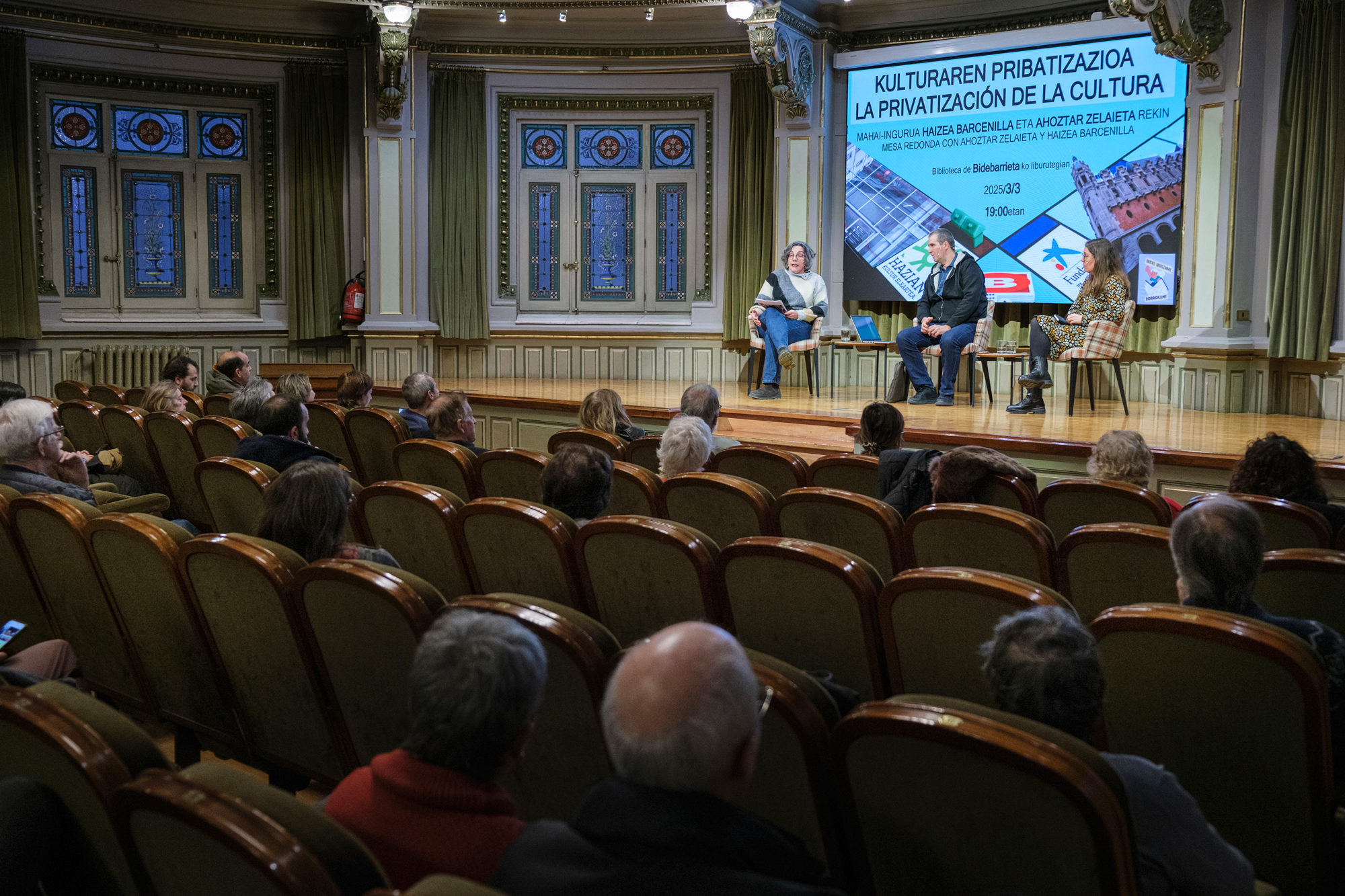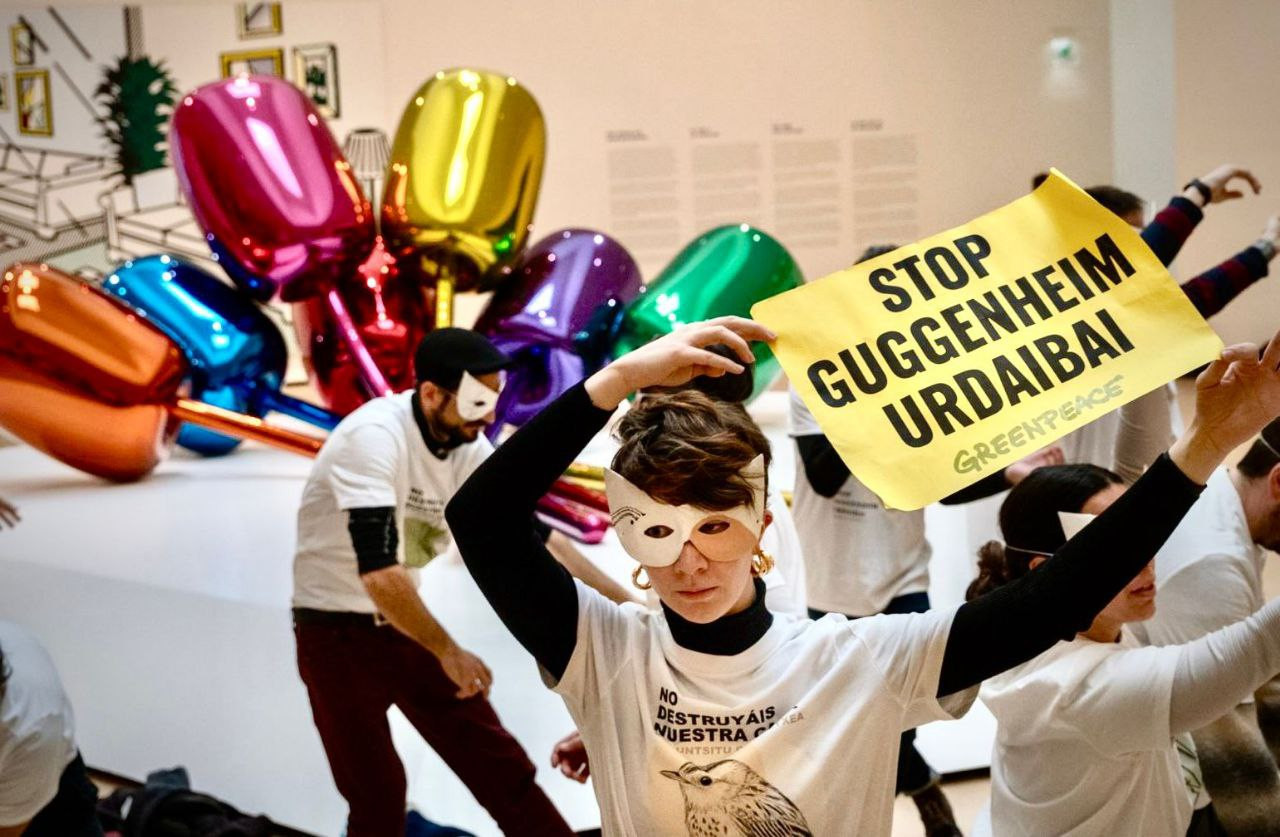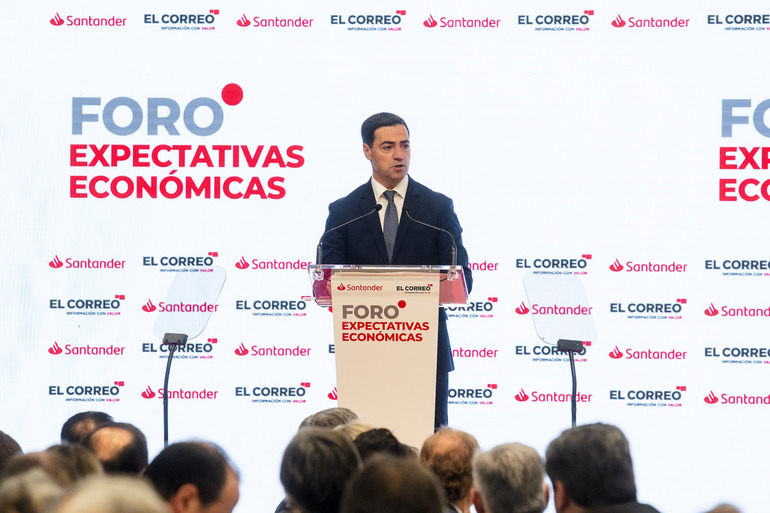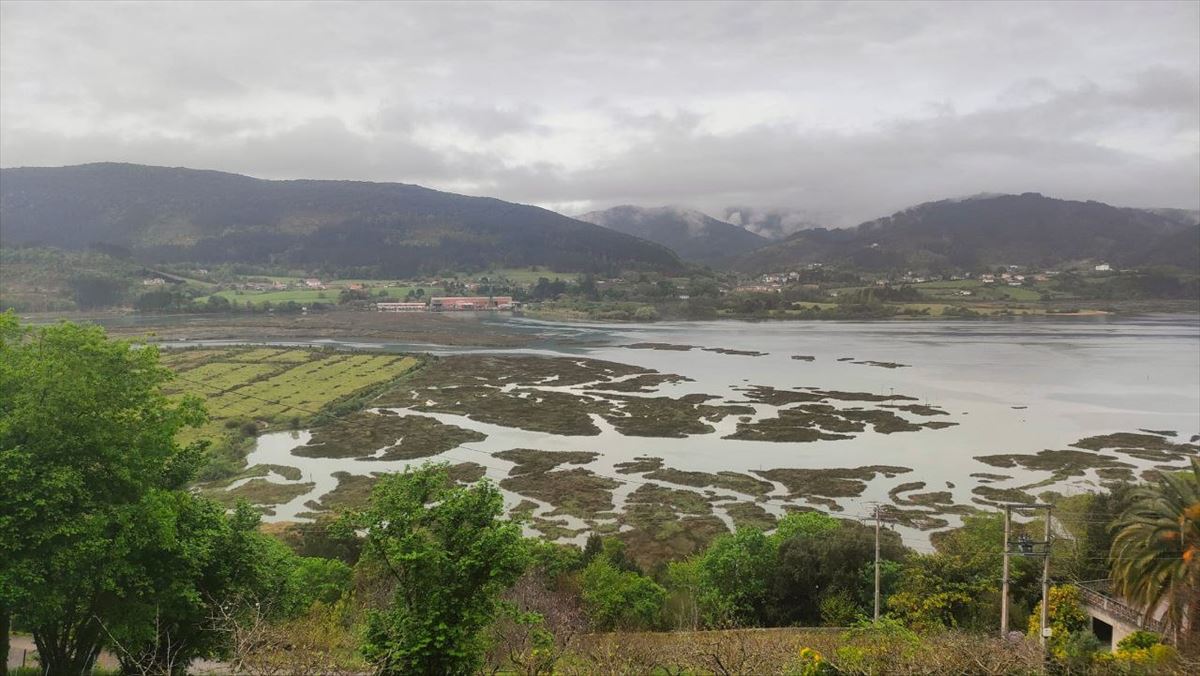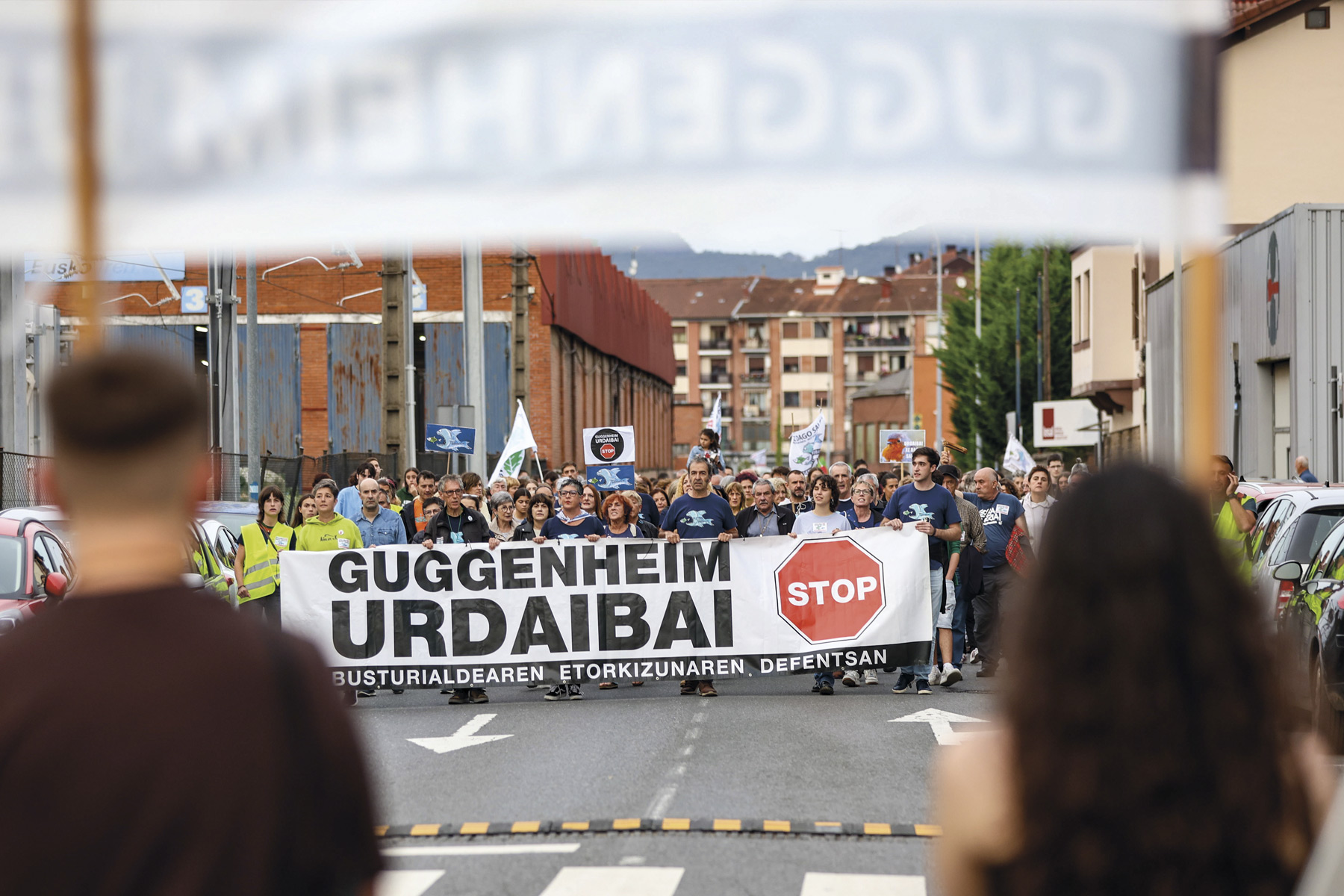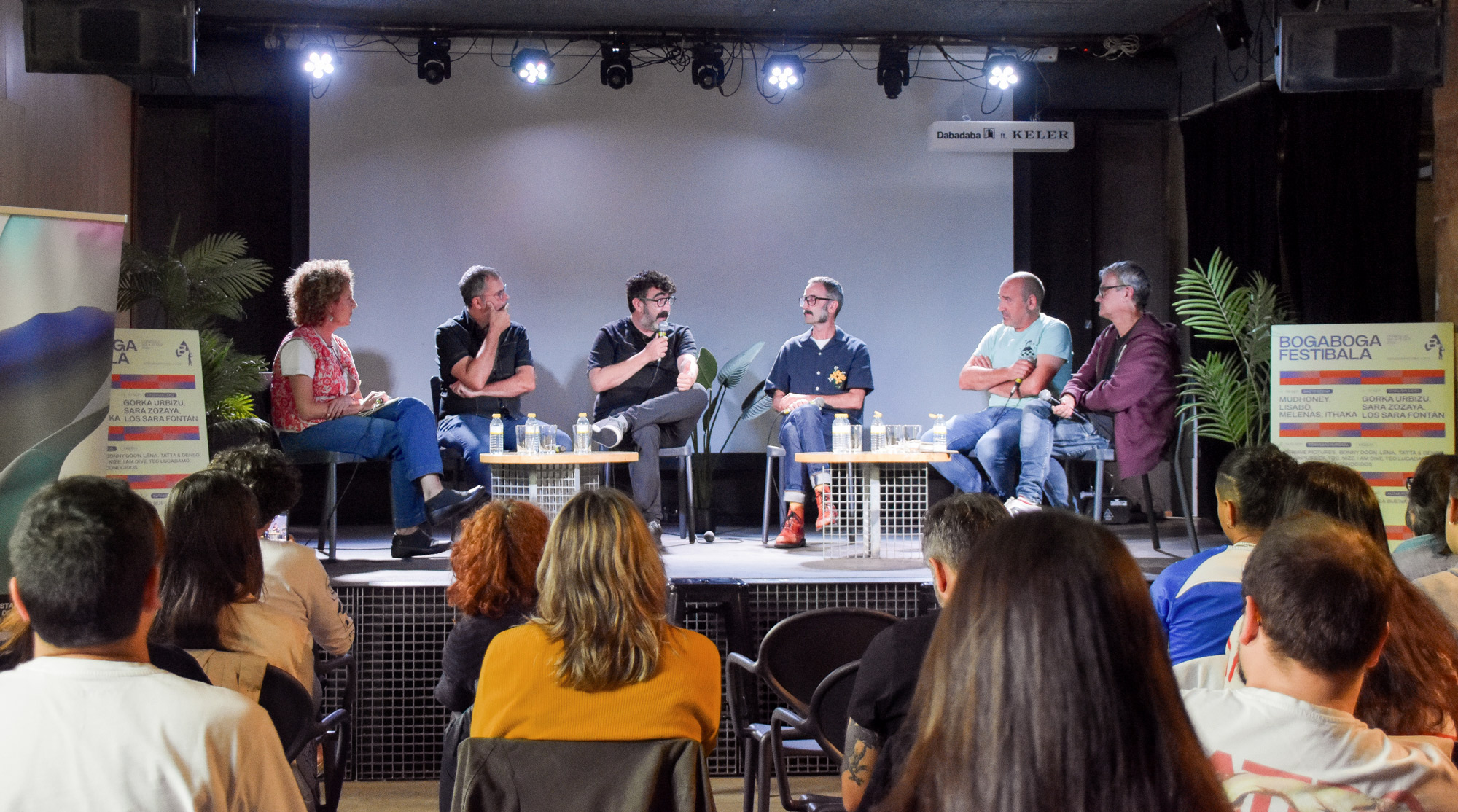In the exhibition city, maintaining its own brilliance
- On April 26, the Piztu Bilbo platform, Apague MTV, was presented at a press conference in the Plaza de los Hermanos Etxebarrieta de Bilbao. However, by the time we agreed on the deadline of one month, Peio Ibáñez, a member of the platform, stressed that he will henceforth carry his own dynamic, as he has become an agent. Being a group representing different groups, it can be said that they have taken the step of collaborating for the same purpose.
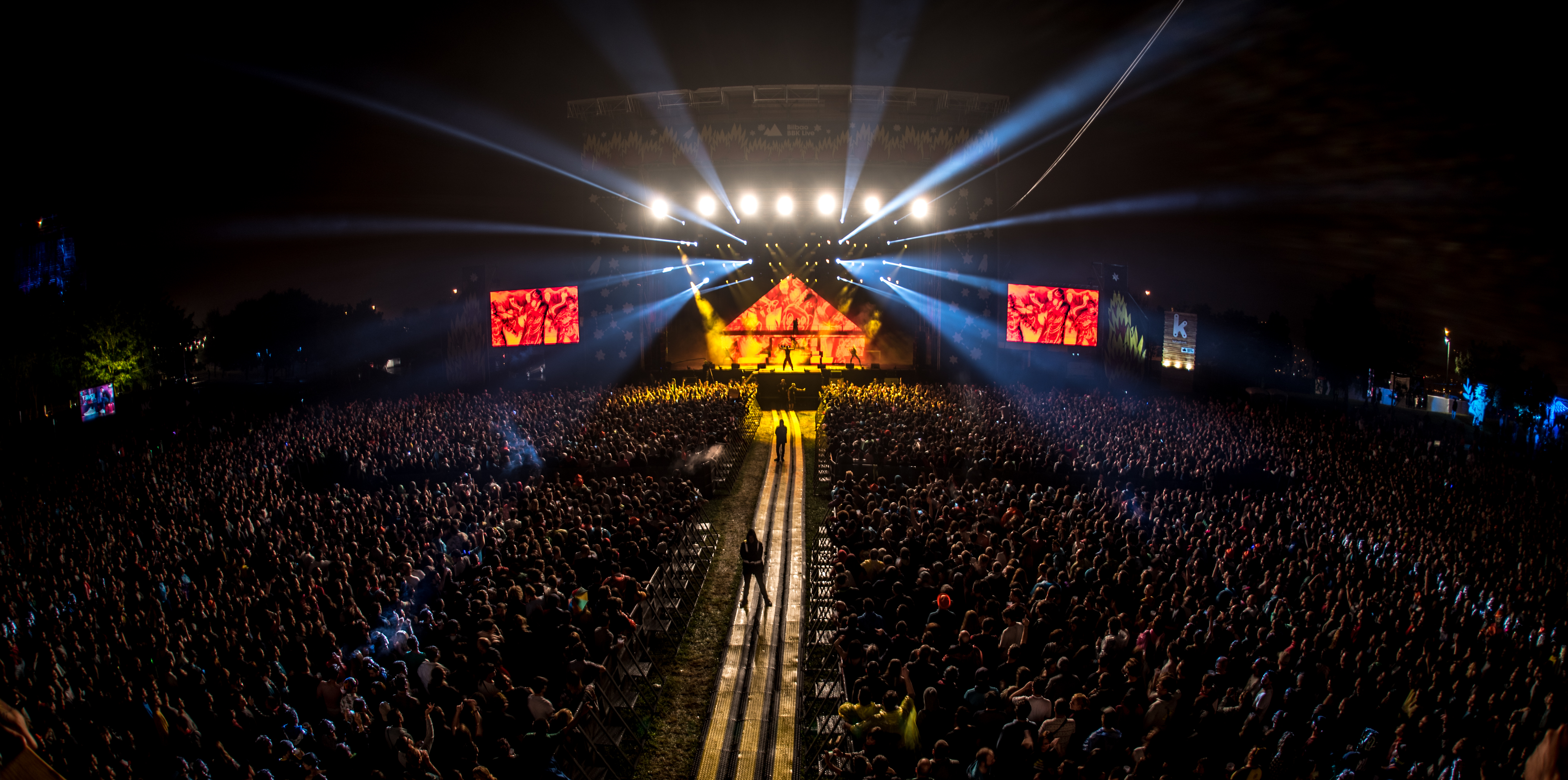
The same concerns have aroused the popular movement in Bilbao within the Piztu Bilbo initiative, itzaletik MTV: The tendency of the CAPV institutions to use the sphere of citizenship as a showcase, and the strong change this entails in the city. The members of the motor have stressed that the brand ‘Basque Country-Euskadi’ is giving Euskal Herria an entrepreneurial character and have denounced that “commercial activity is above cultural actions”. As a sign of this, they have identified the rise of tourism and closely related to it, the macro-festivals and shows attracted by the institutions: BBK Live, Red Bull Cliff Diving jumping competition, European rugby finals, UEFA 2020 Euro Cup or the MTV European Music Awards itself. Taking into account the evident symbolic burden of this last festival as an exponent of a globalized and consumerist culture, they have decided to use it “to denounce a city model aimed at the elimination of local identity”. However, beyond mere denunciation, they want to put another model of city into value.
The MTV EMA 2018 festival, which consists of rewarding musicians, will be held on November 4 at the BEC of Barakaldo, and, being private, only guests will be able to attend. The previous day, November 3, will take place in the football field of San Mamés the traditional concert organized jointly with the festival. This festival will not be private, but it will have to pay the entrance whoever wants to enter the field of play. Ibañez stressed that the City Council of Bilbao and the Provincial Council of Bizkaia have allocated EUR 3 million of public money to cover a private event, showing an inadequate use of what is called “elitist” and “exclusionary” public money. In addition, he denounced that "this amount" corresponds "exclusively to the advertising expenses of the event", he added. As he explained, other expenditure involving a substantial increase in the budget is not included within these EUR 3 million: As he explained, the rental of BEC and San Mamés, as well as the maintenance of ambulances and firefighters necessary to ensure the safety of the mass influx, will increase the budget. “The City Hall says it is going to generate a return of 44 million euros, but that’s yet to be seen,” he says with mistrust, like the one who sees a hole in the place where the authorities see the source of revenue.
Amusement park as a metaphor for the neoliberal urban model
Ibáñez is aware, when giving explanations, that he is a great professor in his profession. To explain the city model that's being driven by institutions, he has set as an example an amusement park that always has a main attraction that attracts people, but over the years it's becoming fashionable, and so that people don't stop going to the park, the park owners are forced to build a new, more fascinating attraction. With the launch of the new attraction, the influx of people to the park is resumed, leading those responsible to build more hotels in the surroundings and invest in infrastructure to avoid traffic problems. And so on until the neighboring city is built an attractive park preferred by the customers.
With the amusement park metaphor, Ibáñez has explained the dynamics of a city model that “generates dependence on an economic model”. Understanding the city as an amusement park, it is easy to locate it in the place of the main attraction MTV EMA or any other macroevent, as well as identify with greater clarity its effects. In order for the amusement park to remain fashionable, like the park owner, obliged to update the attractions and the infrastructure itself, there are also those who drive the neoliberal model of the city, to keep the streets, infrastructures and spaces conditioned, with the violent urban transformation that this entails. As the agent pointed out, this model is based on consumption, precariousness and exclusion of certain sectors of the population.
Piztu Bilbao has put the damage generated by this wager on balance, and considers that there are many more than benefits. “The damage is very slow, so they become more evident over time,” Ibáñez explained. It has listed gentrification processes, increased tourist weights, increased rents, or precarious jobs, among others, as a result of this negative impact.
Other Bilbao is possible
Piztu Bilbo considers that the life of the bilbaínos is not at the heart of the City Hall’s policies, and firmly believes that the public should be taken into account when designing the cultural offer. Ibáñez, which has a large number of cultural agents in most neighborhoods of the city, has considered that the cultural offer should take into account these factors, and has ensured that there are ways to do so, such as conducting consultations or launching participatory processes. For the moment, however, he considers that the life of the citizens is far from being at the base of the City Hall, as indicated by the following data: the festivities of the neighborhoods only give them 1,500 euros, while spending millions in the exercise of the MTV. Ibáñez has been positive because, although the intention is to influence at Bilbao level, he considers that a transformation is possible.
The main objective of the members of Piztu Bilbo, piztu MTV, is to fight against one particular Bilbao, but not for another Bilbao, but for another. Considering the impact that the March 8 Feminist Strike or the demands of pensioners have had on the city, Ibañez believes there are reasons to be optimistic: “Although it is not very straightforward,” he feels it has become clear that there are people who are in favour of another Bilbao.
The agent has assured that there are real and powerful alternatives in the city, and they want to value the plural Bilbao that takes them into account. A Bilbao with its own splendor fleeing the blinding foci of the big events. “Let’s turn off the light of this urban showcase that they want to sell us. We want to shine with a living city with its own flash, in which the mannequins that appear in the photos, instead of being protagonists of our day to day. We turn Bilbao from the neighborhoods, from feminism, from the young, without forgetting the older ones; we turn Bilbao from the Basque Country and the self-managed spaces. We turned on Bilbao!” they screamed through the leaflets that can be found in different parts of the city.
Lantegia espazioa, Esperantza liburutegia, Arte Ederren Museoko eta Euskal Museoko lanak, Urdaibaiko Guggenheim proiektua... Ugari dira Bilbon eta Bizkaian kulturaren ikuspegi utilitarista eta pribatizazioa agerian uzten dituzten adibideak. Alde Zaharreko haur eta gazteentzako... [+]
In 2021 we began to hear the first echoes of the Guggenheim Urdaibai project. The then General Manager Unai Rementeria told us that it would be done yes or yes. To reinforce his claims, he left 40 million euros “shielded” by the time the museums were built. There it is!... [+]
We have known Aitor Bedia Hans, a singer of the Añube group for a long time. At that time we were reconciled with BEÑAT González, former guitarist of the Añube group. It was at the university time, when the two young people of Debagoiena came to Bilbao to study with music in... [+]
Two years ago Urdaibai Guggenheim Stop! Since the creation of the popular platform, Urdaibai is not for sale! We hear the chorus everywhere. On 19 October we met thousands of people in Gernika to reject this project and, in my opinion, there are three main reasons for opposing... [+]
With this article, the BDS movement wants to make a public boycott of the event to be held on 24 September at the Guggenheim in Bilbao. In it, they will have the presence of the renowned Zionist artist, Noa, who will present his last record work.
When, in the context of the... [+]









